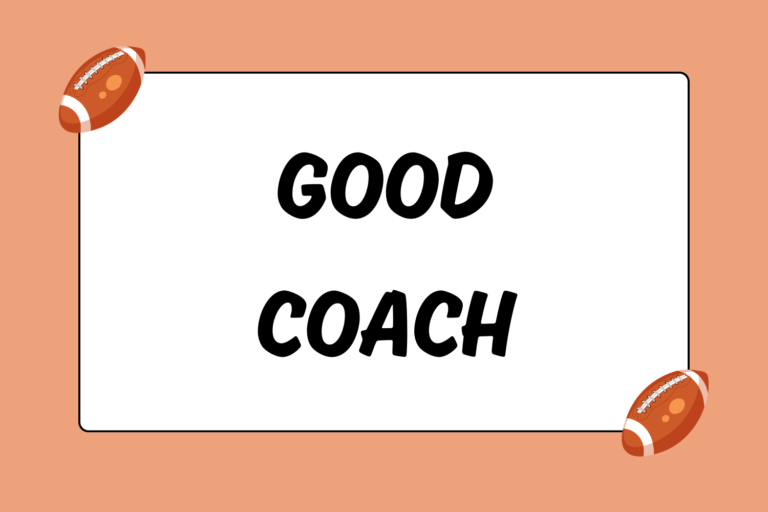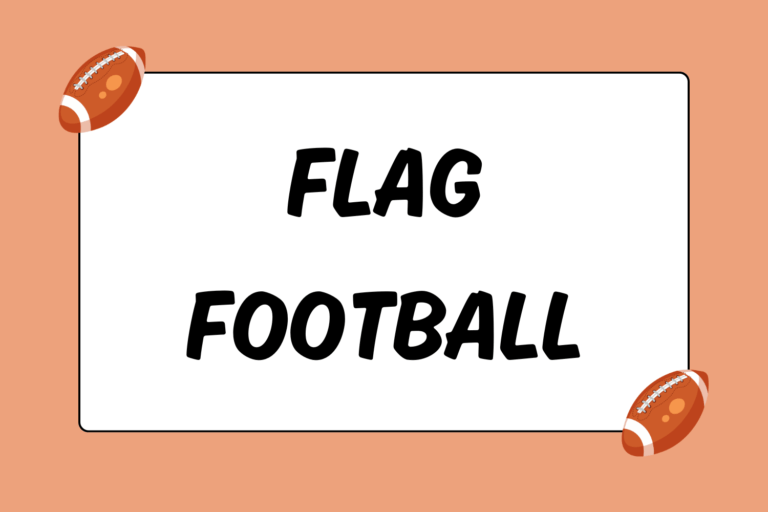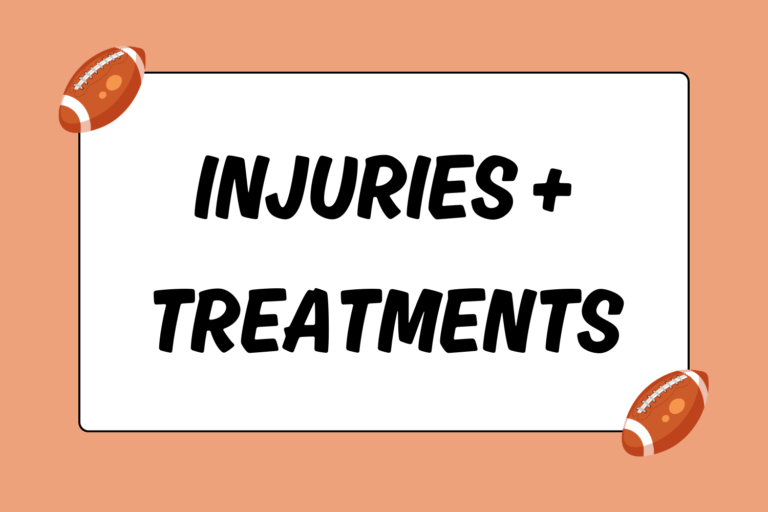Purchasing new football cleats can be a surprisingly difficult ordeal. With so many brands, styles, sizes, and shapes to choose from, sorting through all the marketing distortion and advertising gimmicks is no small feat. However, style preferences aside, there are actually some technical differences between the two types of studs found on cleats — molded and detachable — that should be noted when buying a new pair of cleats. This guide outlines the pros and cons associated with these two types of football cleats.
Molded Cleats
“Molded” refers to the sole of the shoe, which is covered in pre-made studs and bumps.
These studs and bumps are permanently fixed to the sole of the shoe, and cannot be removed or replaced — they’re molded onto the shoe. The patterns and arrangements of these studs/bumps vary from one manufacturer to the other, and normally differ from one brand’s style to the next. Here’s a breakdown of the pros and cons related to purchasing molded cleats.
Advantages
Molded cleats have two distinct advantages over detachable cleats:
- They’re cheaper: If you take two comparable pairs of cleats — one molded and the other detachable — molded cleats will generally cost less. While there are exceptions, molded cleats are normally more affordable.
- They’re low-maintenance: Unlike detachable cleats, molded cleats require very little upkeep. In fact, unless one of the laces breaks, there’s really no maintenance required to keep molded cleats functional. Just throw them on, and they’re ready to work.
The rise of artificial turf has provided molded cleats with yet another benefit over its detachable counterpart. Molded studs cover the vast majority of the sole, while detachable cleats only offer a handful of points for the shoe to grip the ground. Because of this, most players find that using molded cleats on synthetic surfaces is the way to go. The reason for this has to do with the physics involved with running on the two types of surfaces. Artificial field surfaces behave differently than grass does, especially regarding the ability to grip the field when running.
Fun Fact
Before sports shoes with studs (essentially cleats) were invented, athletes would fasten strips of leather to the soles of their normal shoes to provide increased traction and stability.
Disadvantages
As useful as molded cleats can be, there are a few drawbacks to purchasing them:
- They’re hard to maintain: Eventually the studs on any cleat will wear down. As a result, you have to purchase a whole new pair of cleats. With detachable cleats, on the other hand, it’s very easy and cheap to buy new studs, rather than purchasing new shoes.
- They provide less traction: On fields with long grass, molded cleats have a harder time gripping and providing traction. This issue only becomes more prominent in wet and muddy conditions. Whereas there are several sizes of detachable studs available for various field conditions, molded cleats don’t have that flexibility.
The key factor in identifying both the advantages and disadvantages of molded cleats revolves around their design. With molded cleats, what you see is what you get. In a situation where you need more traction or longer cleats, you’ll have to make do the best you can.
Detachable Cleats
Just as the name implies, the primary characteristic of detachable cleats is that they have removable cleat studs.
Though the exact arrangement of the studs varies between brands and styles, almost all detachable football cleats have seven stud spots, arranged as follows:
- Two spots in the heel.
- Four spots around the ball of the foot.
- One spot at the very front of the shoe under the toes.
Some cleats come with only six spots while others have over 10. However, the seven-stud arrangement is by far the most common.
Advantages
The benefits of detachable cleats include:
- They’re versatile: Do you practice on a really hard field? Use short studs. Big rainstorm roll through right before the game? Attach longer studs. Detachable cleats allow you to have more control in terms of customizing the studs for a specific type of playing surface.
- They’re easy to maintain: The actual shoe part of a football cleat is quite durable. It’s the studs on the sole that take the real beating, and resultantly require the most upkeep. Unlike with molded cleats, servicing detachable cleats is as easy as unscrewing the old studs and replacing them with new ones. This maintenance-friendly design allows detachable cleats to frequently outlast its molded counterpart.
Essentially, the advantages of using detachable cleats almost mirror — and answer — the disadvantages of molded cleats.
Disadvantages
Detachable cleats come with their own set of imperfections. Two of the more predominant drawbacks to using detachable cleats are outlined below:
- They tend to be expensive: Pretty much across the board, detachable cleats are more expensive than molded cleats.
- They’re not as practical: Aside from older, more experienced players who’ve been using them for years, the benefits of using detachable cleats can be more difficult to tap into. This is especially true for younger players who don’t yet have the experience/knowledge to gauge which size/type of stud is best to use.
Also, younger players’ feet are likely to continue to grow in size, meaning there’s a good chance parents will need to buy several new pairs of cleats over the next few seasons. As detachable cleats usually cost more than moldable cleats, it’s a good idea to wait until the player’s feet have stopped growing before purchasing detachable cleats. Plus, many youth football organizations require only molded cleats, and won’t permit detachable cleats being used.
Fun Fact:
Detachable cleat studs come in four sizes: 1/2 inch, 3/8 inch, 3/4 inch, and 1 inch lengths. Different organizations have different rules regarding the permitted size of cleat stud.
The Verdict
There really isn’t a clear “winner” in the molded vs. detachable cleat debate. Rather, you should choose a pair based on your specific situation. However, one factor exists on both sides that should be at the forefront of the final purchasing decision: Age. For younger players, stick with molded cleats. Around the high school level — normally between sophomore and junior year — is the earliest that players’ feet will have ceased to grow. It’s only at this point that detachable cleats become a reasonable option.





